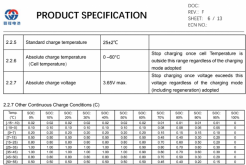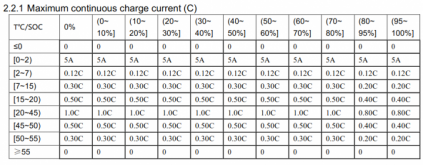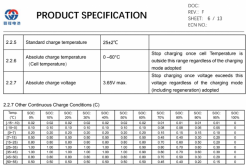I’m interested in what that table implies for charging at 10C (50F). If you can explain, I’m all ears.I am not an expert either but my understanding is:
The simple answer is just don't charge under 32*F
The complicated answer is... its complicated, but still no..
There are a number of variables to consider with low temperature charging (1) temperature (2) C-rate (3) SOC (4) degree of acceptable damage, (probably more). But @DerpsyDoodler is correct, practically speaking there is really no situation where you should be charging LFP at anywhere near -20*F / -30*C outside of some sort of emergency maybe.
My motivation is test I charged a cell at 50F and got a much worse result than when I charged the same cell at 77F (25C). I have not yet repeated the experiment to understand whether it was a specific issue with that cell or a common behavior for all of my 16 280Ah cells...
I understand that charging below 0C is a no-no but I am interested to understand how cell capacity is affected when charging in the 50s or even the mid-40s...









